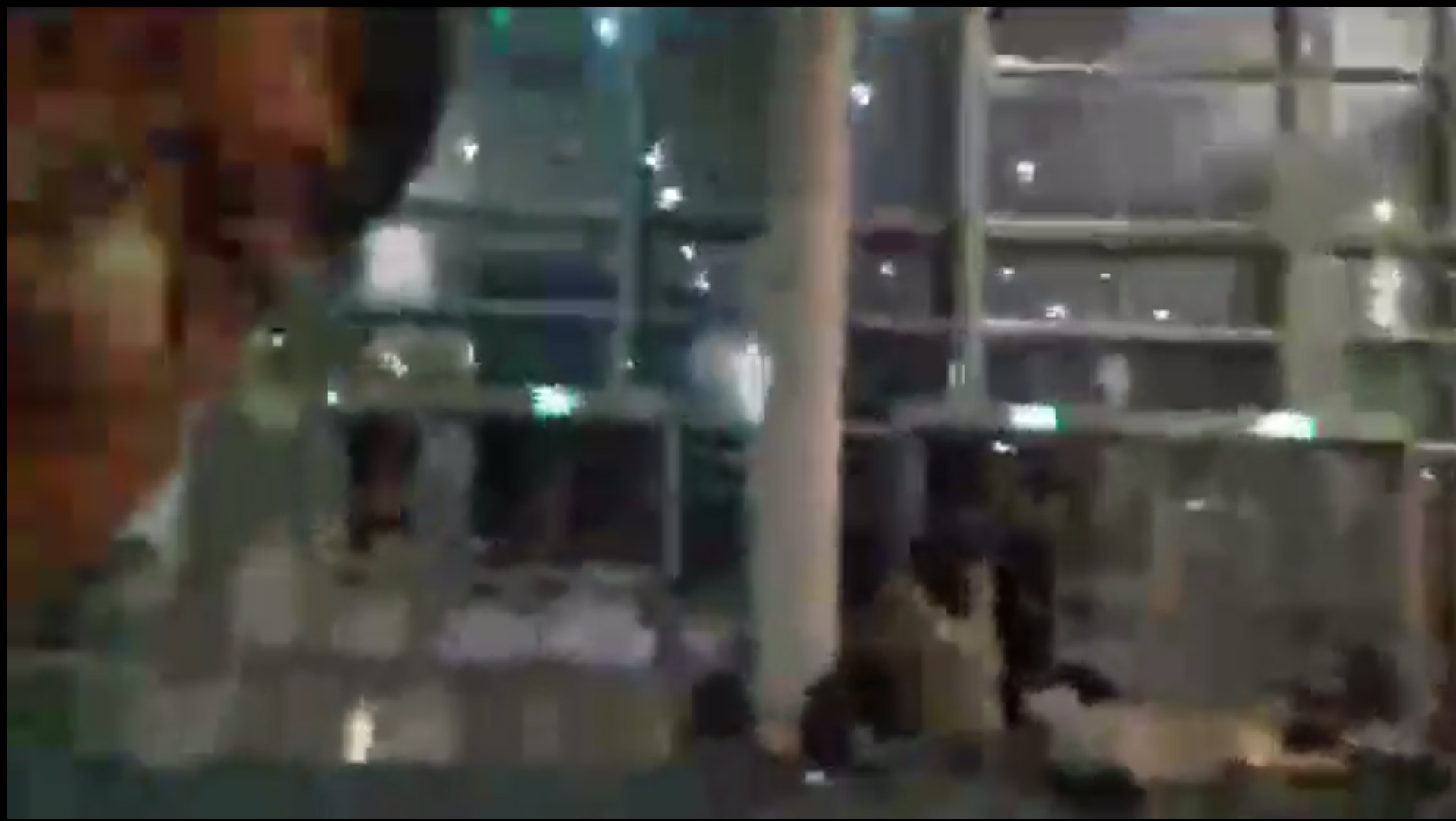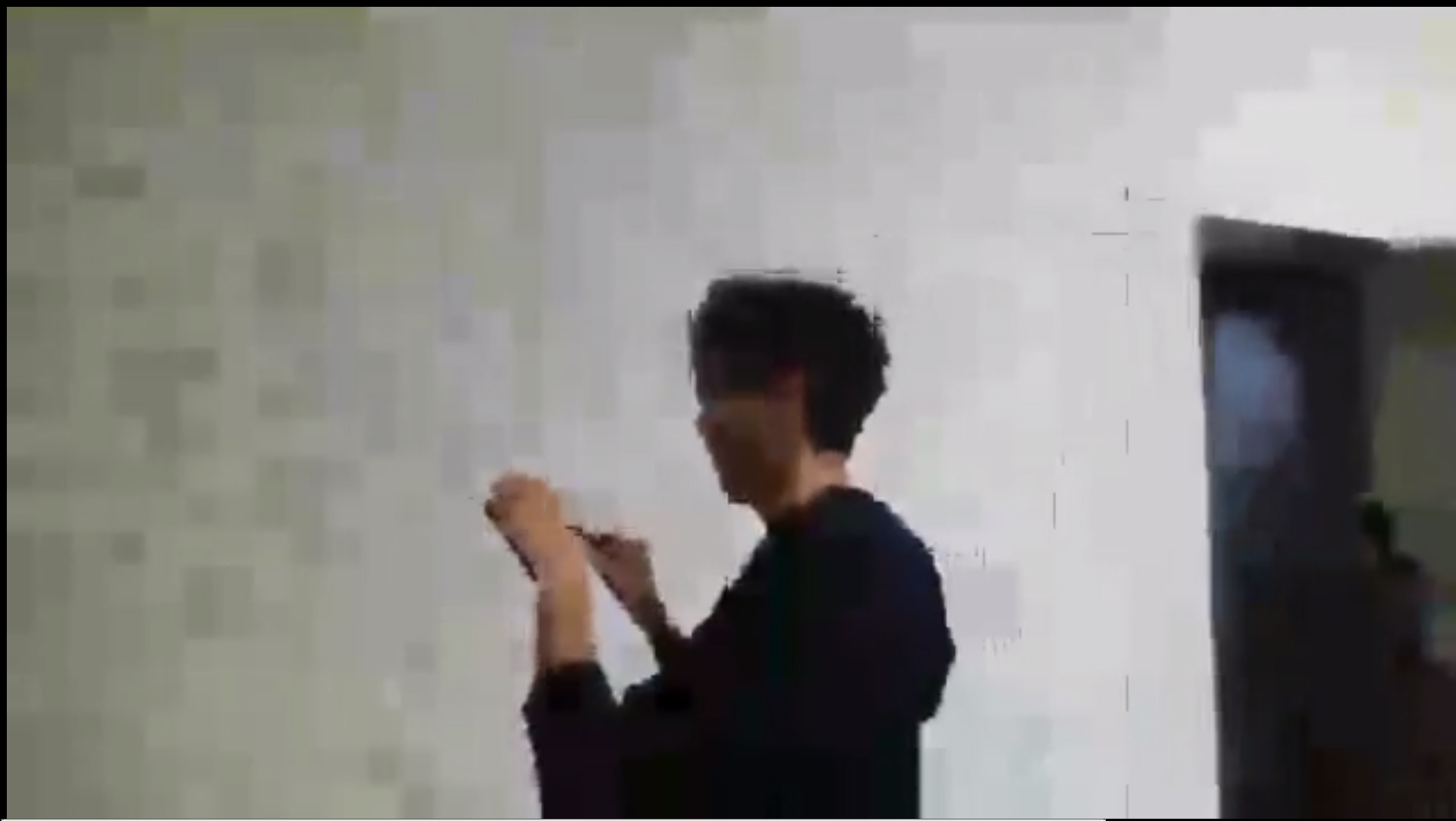Part 1
This is for school.
Posted by Goh Chersee on Thursday, 17 August 2017
Part 2
15 mins of live vid for school
Posted by Goh Chersee on Thursday, 17 August 2017
I will be describing what it feels like to broadcast a Facebook live video, all the decision that I have made in different stages of the broadcasting.
Before broadcasting live video
When I was told to broadcast a Facebook live video, I was nervous, very nervous. Partly because I wasn’t sure of the exact things to do for the live broadcasting and I never had the experiences of broadcasting ever. There were many things that came to my mind as of what to do in the video, but I quickly dismiss all the thoughts of a choreographed video as it would not properly accentuate the main focus of the project. I believed that we were to film objects, locations or scenarios that were interesting to us, that were happening in the natural progression of the environment, rather than a choreographed video that was carefully thought out. So I had decided to follow my guts and do what was right, to film whatever that piqued my interest at that point in time.
Broadcasting live video
I had to admit that it was both fun and embarrassing to be broadcasting with other fellow classmates, but to be able to walk around the school while capturing moments of your life and shared it with your friends on Facebook was kinda refreshing. It couldn’t be expressed with words as I couldn’t really pinpoint my exact emotion at that time.
It is hard to maintain my demeanor and composure in front of a camera, knowing that there were people watching me, even if it was a small audience. Before the broadcasting, it never crossed my mind that the audiences were actually interacting with you! Although they are not physically in the same location as you, they were still interacting with you in the “third space” while commenting and liking your video and as you were reacting to their comment at the same time.
Seeing people reacting to my live video has also made me extremely self-aware. I was afraid of wasting their time on my video and that they might judge me based on the video that I’ve broadcasted.
Conclusion
I am excited to see the end product of the mini project, excited to see what other classmates had captured on their live video. And it was satisfying to see all the live video come together and form the narrative.
The project had also change my perception of broadcasting. I used to think that live video was just the same as any other video. They were just entertainment meant to be consumed by the customer. However, now I had a new-found respect for people that stream live video online. It was not as easy as it seems to be and to be juggling with all the comments and information at the same time could really prove to be too much for some people.



I have a similar curiosity as well as admiration to those live streamers who manage to be themselves during their live streams. I guess they had alot of practice before doing it? I do agree with you that we have to maintain our demeanor and composure in front of a camera. It is one of the things I am very uncomfortable with even though I know that there are only 2 viewers only. If you have another chance to do another live video, will you be on camera or off camera?
I loved reading your work. I wonder if perhaps the embarrassment and nervousness you experienced could be exploited for comic effect.
Your experience reminds me of Social networks and the desire to save face: A case from Singapore, that describes how local undergraduates at SMU fear losing face so much, that they refrain from commenting on the work of their course mates online, for fear of offending them.
There’s no need to feel embarrassed, as it was the first time all your peers were broadcasting live for the class assignment as well. We were all learning by Doing It With Others (DIWO), the challenges of broadcasting live, through the rare opportunity to contribute to the aggregated video wall — instead of learning about internet art (by merely reading about or watching videos of internet art alone).
You mentioned that although your Facebook friends were not physically in the same location as you, they were still interacting with you in the “third space” by commenting and liking your video, as you reacted to their input.
I ask this because in a live performance, your friends can also participate and you can also react to them in real time in the same physical space. I therefore wonder how being physically separated but electronically connected — via a live feed (video, comments, likes) — compares to everyone interacting in the same physical space.
I would say that the differences are there would be a slight difference in respond time as we had to consider the different element that would delay the speed of our live video. If we were to have a conversation face to face, there would also be an additional element for us to react to, such as body language and the expression of the other partner. However, having a conversation in the “third space” would be less effective as not only are there delays, but we also can’t tell the mood of the commentators just by reading their comment.